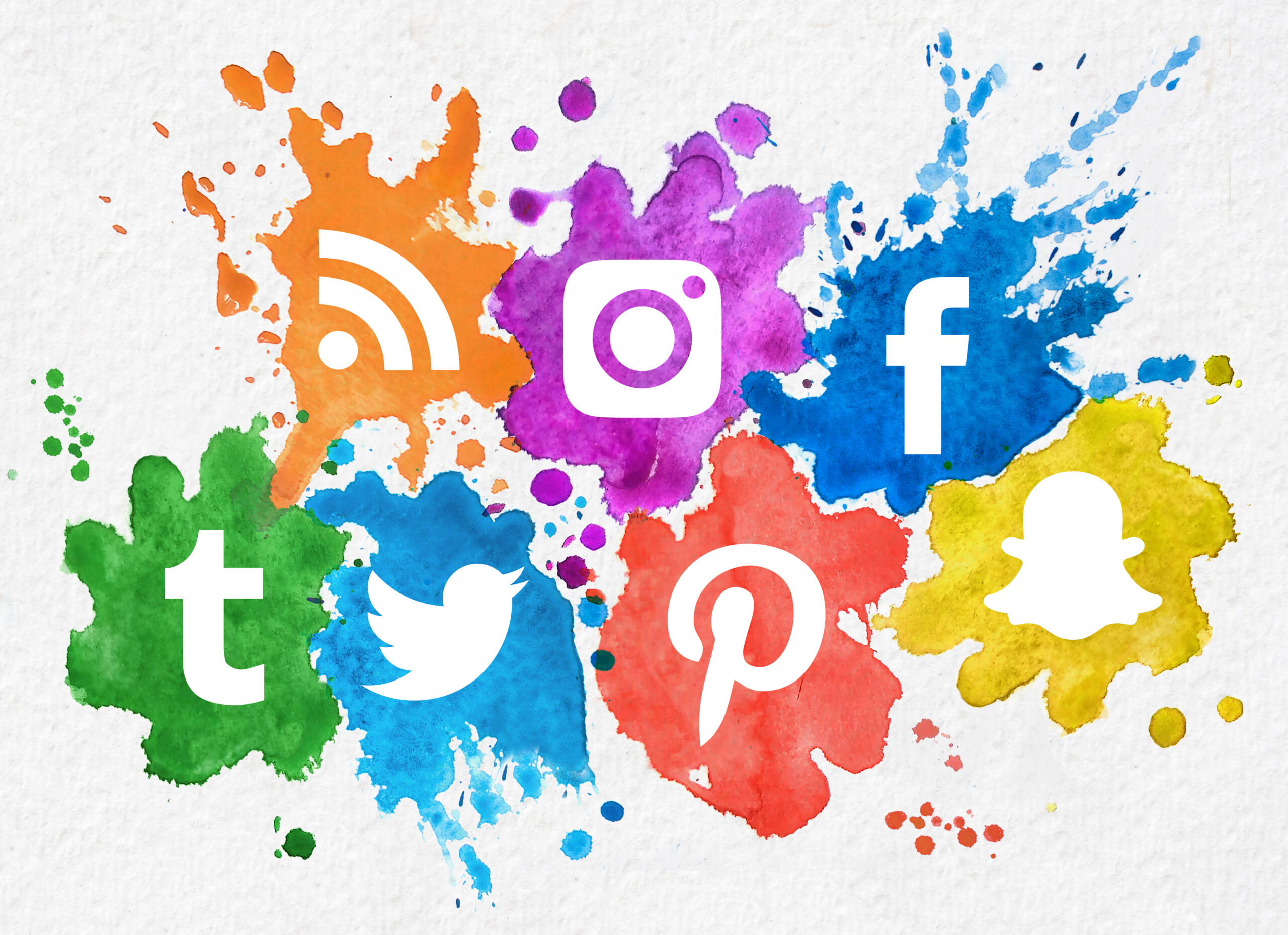Photo credit: Lewis Ogden via flickr
Context:
Before the internet, protesters lacked social media’s networking capabilities that allow movements to coordinate and share information in real time. But now, movements have the ability to grow so rapidly that they skip preparation stages that are often vital to movement success.
In the News:
“Welcome to the world of ‘networked protest,’ in which social media can be used to bring together thousands of people with remarkably little preparation. To understand how protest organizing has been changed by the rapid uptake of mobile electronic devices, it is valuable to turn to the insightful book by Zeynep Tufekci titled ‘Twitter and Tear Gas: The Power and Fragility of Networked Protest.'”
“Before the internet, it was, of course, possible to organize protest actions, but it took a lot more effort. Tufekci gives a detailed account of the months of preparation and planning, by dozens of volunteers, for the massive March on Washington in 1963, where Martin Luther King Jr. gave his famous ‘I Have a Dream’ speech. Whereas large rallies seem almost routine these days, getting hundreds of thousands of people together decades ago was a triumph of planning and preparation.”
“In his 1973 book ‘The Politics of Nonviolent Action,’ Gene Sharp described the preparation stage of a nonviolent campaign as ‘laying the groundwork.’ As part of this stage, he argued that movements needed to be ready to handle reprisals because the next stage is ‘challenge brings repression.’ What Sharp didn’t anticipate was that movements could grow so rapidly that they would skim through preparation stages and be unable to take advantage of their opportunities.”
Support From Peace Science:
- In conflict, social media makes communication for individuals and groups easier by increasing the range and speed information can be communicated.
- Social media generates new data and information about popularity, support, and the conflict environment. It also helps with examining the interaction and strategic dynamics between movements and elites.
References:
- “Is it now too easy to organize mass protest?” By Brian Martin for Waging Nonviolence. August 7, 2018.
- Peace Science Digest Volume 2, Issue 6: “How Social Media is Changing Conflict”

